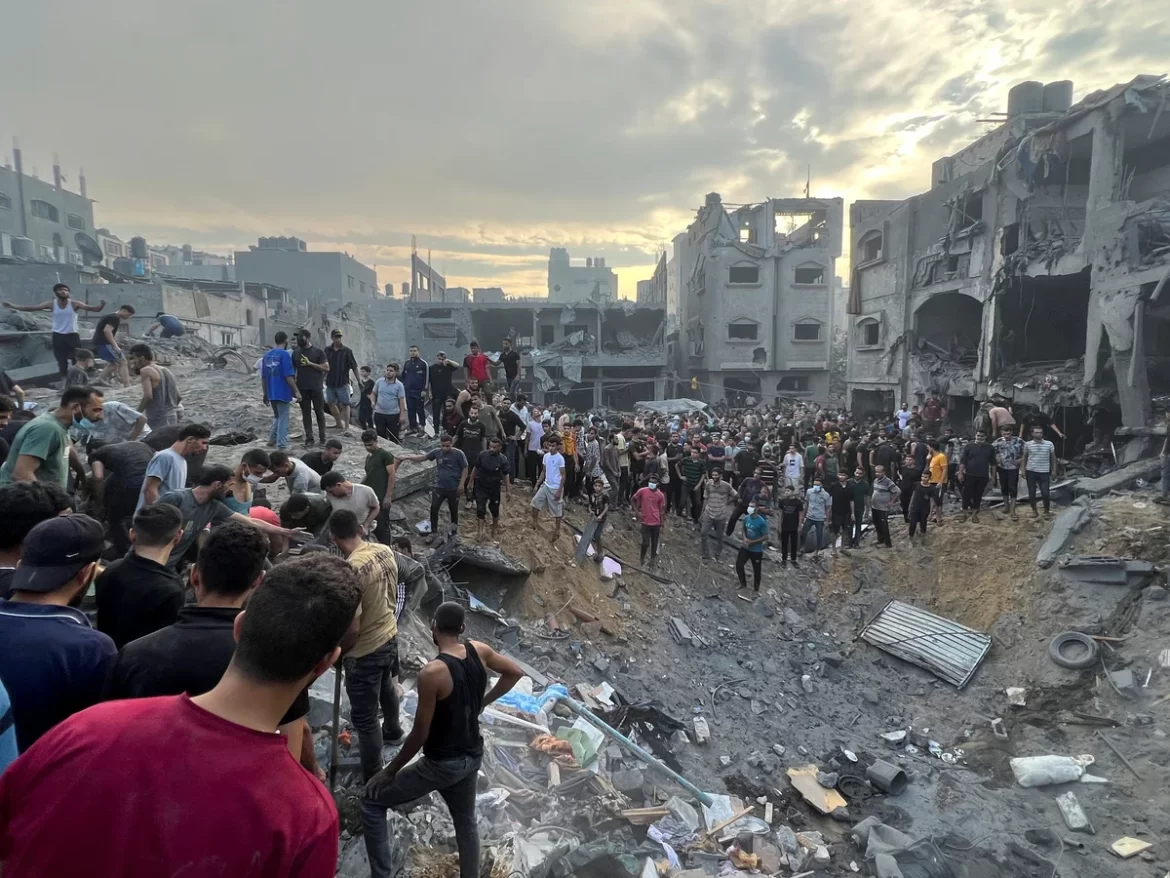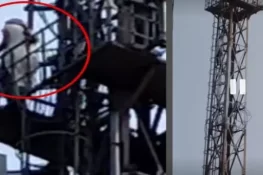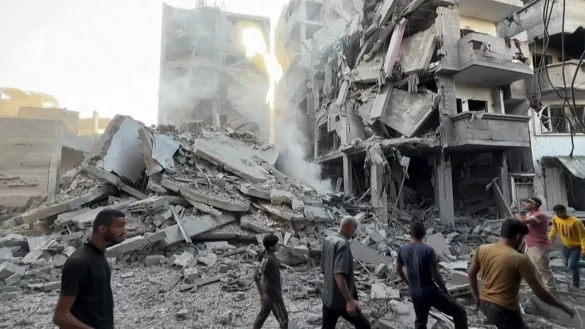According to Israeli newspaper Yedioth Ahronoth, more than 8,000 Israeli citizens have been displaced as a direct result of Iran’s retaliatory missile strikes. These strikes were carried out in response to recent escalations between Iran and Israel, marking one of the most serious flare-ups in the region in recent years.
The report references official figures from the Israeli Property Tax Compensation Fund, revealing that over 30,000 compensation claims have been submitted by citizens. These claims account for extensive damages to residential buildings, vehicles, and public infrastructure caused by the missile barrage. The strikes hit both southern and central parts of Israel, including major urban centers like Beersheba, Tel Aviv, and Haifa, causing widespread panic and forcing thousands to flee their homes.
The Iranian missile campaign has not only displaced civilians but also severely damaged Israel’s research infrastructure. Read how the Weizmann Institute suffered a devastating blow in a targeted Iranian strike.
Many displaced residents are currently taking shelter in temporary camps, schools, and community centers, while others have relocated to less affected areas. Relief efforts are underway, but Israeli authorities are struggling to cope with the scale and speed of the internal displacement. Local municipalities have requested urgent assistance from the national government to provide basic needs such as food, water, medical care, and psychological support.
The newspaper further reports that this crisis has placed enormous pressure on the Israeli government and military, both of which are being criticized for their lack of preparedness in handling a mass civilian displacement scenario. Analysts warn that if missile attacks continue, the number of displaced individuals could rise significantly, turning a short-term emergency into a prolonged humanitarian challenge.
This situation highlights the growing human cost of the Iran-Israel conflict, which until recently was primarily viewed through a military or diplomatic lens.















